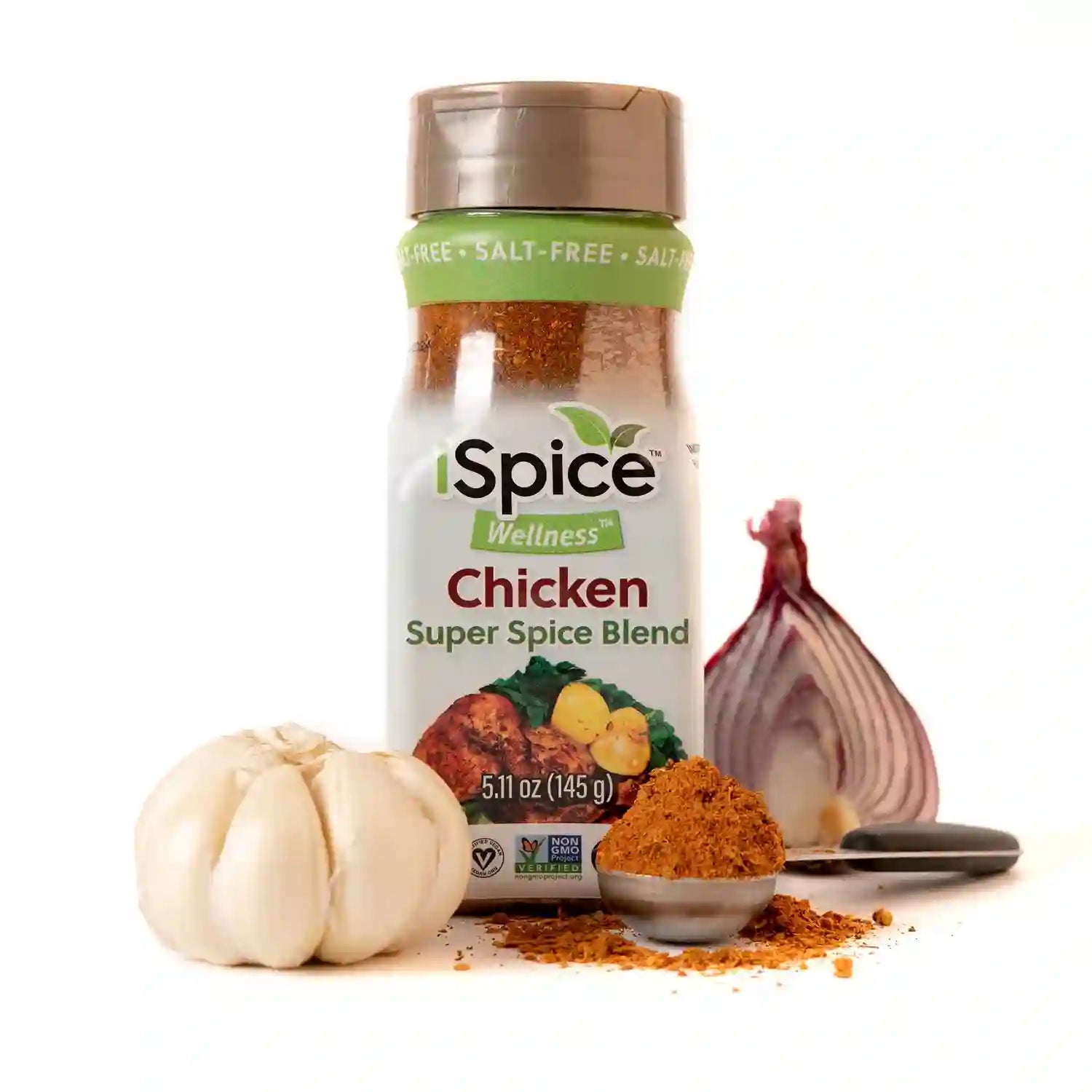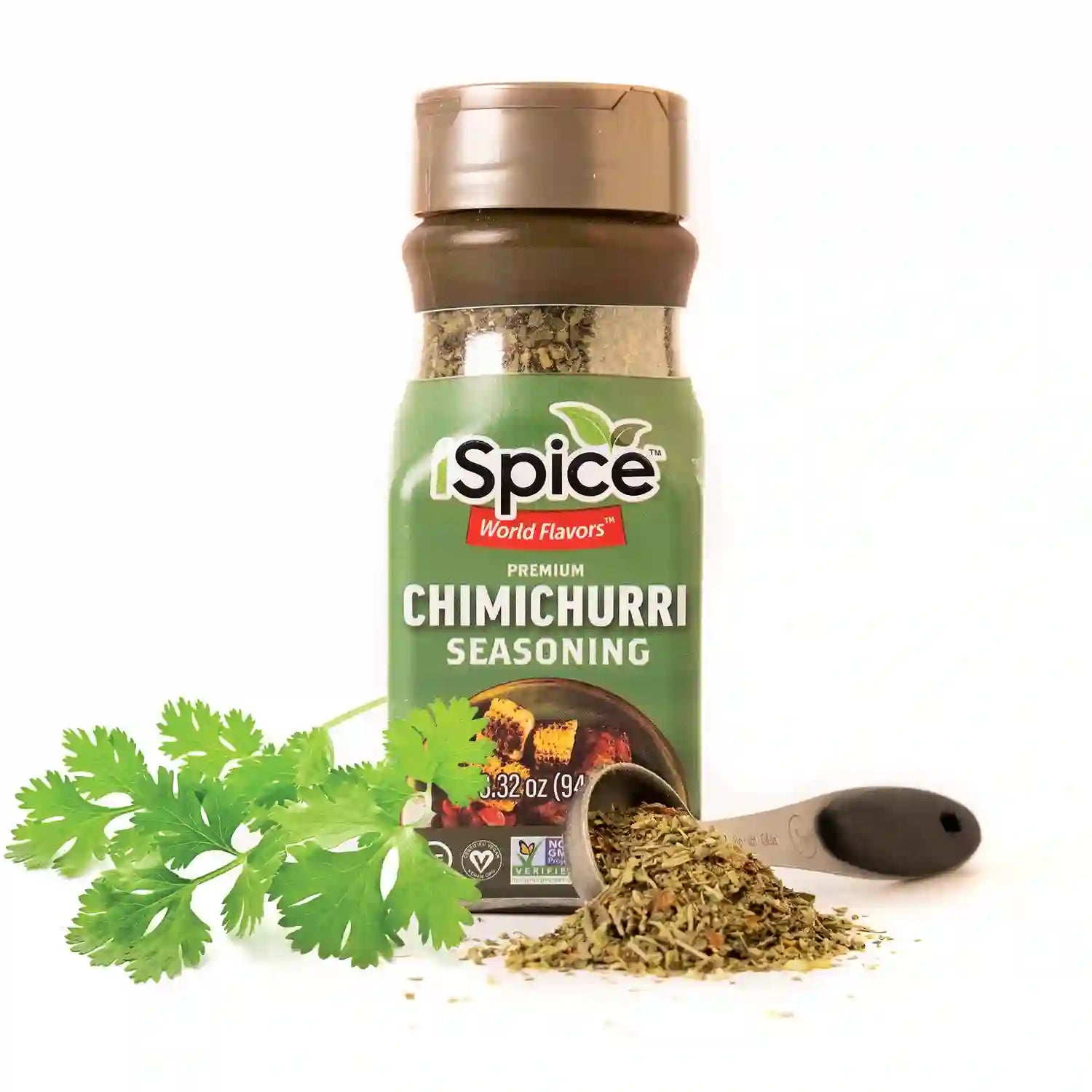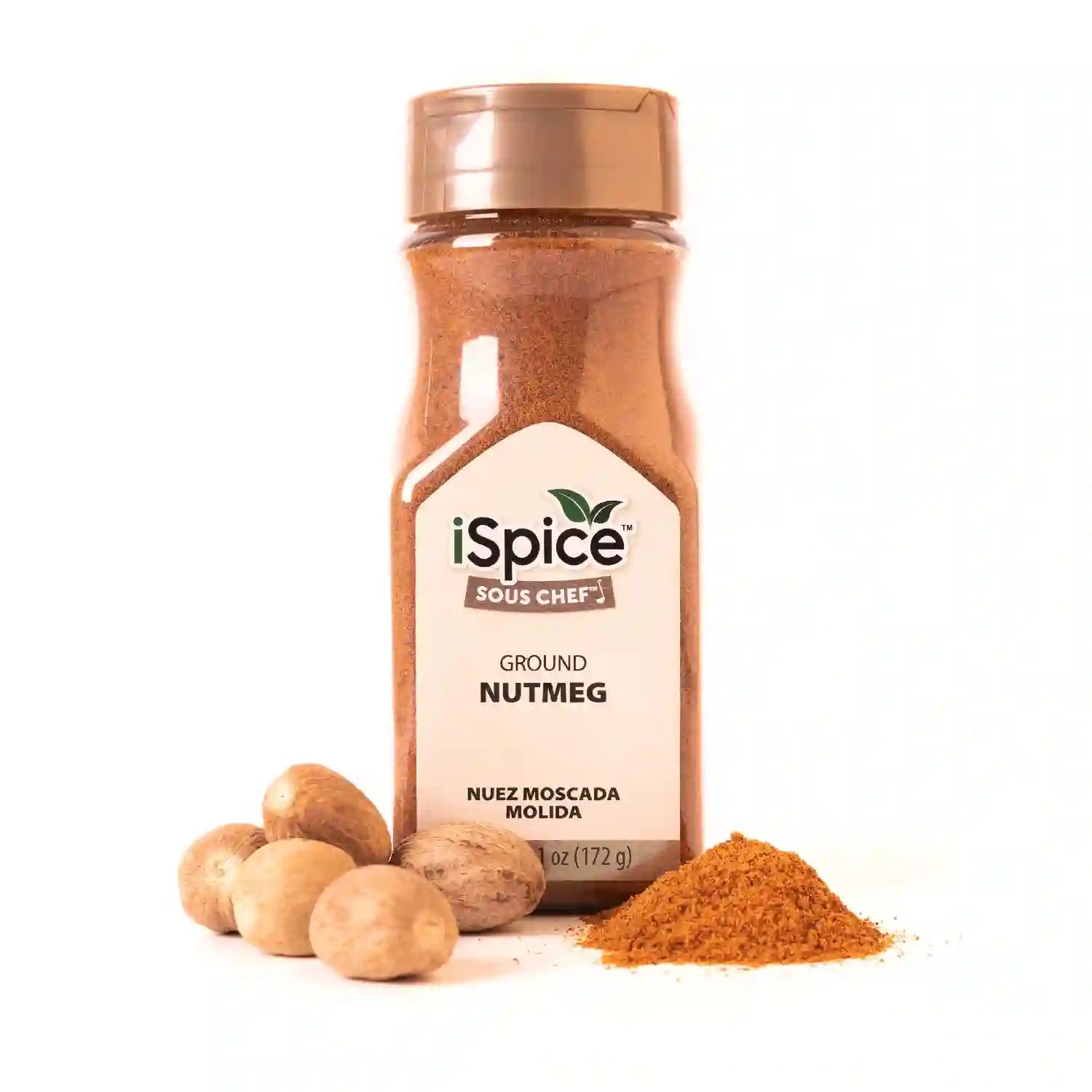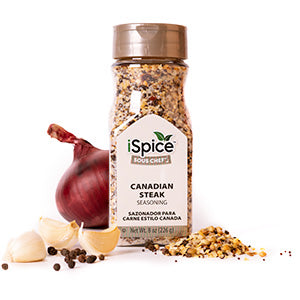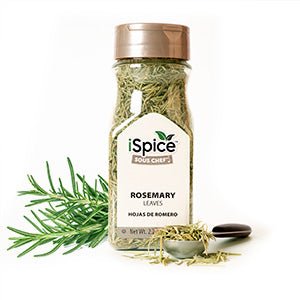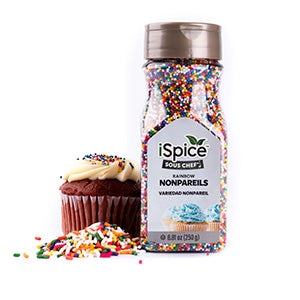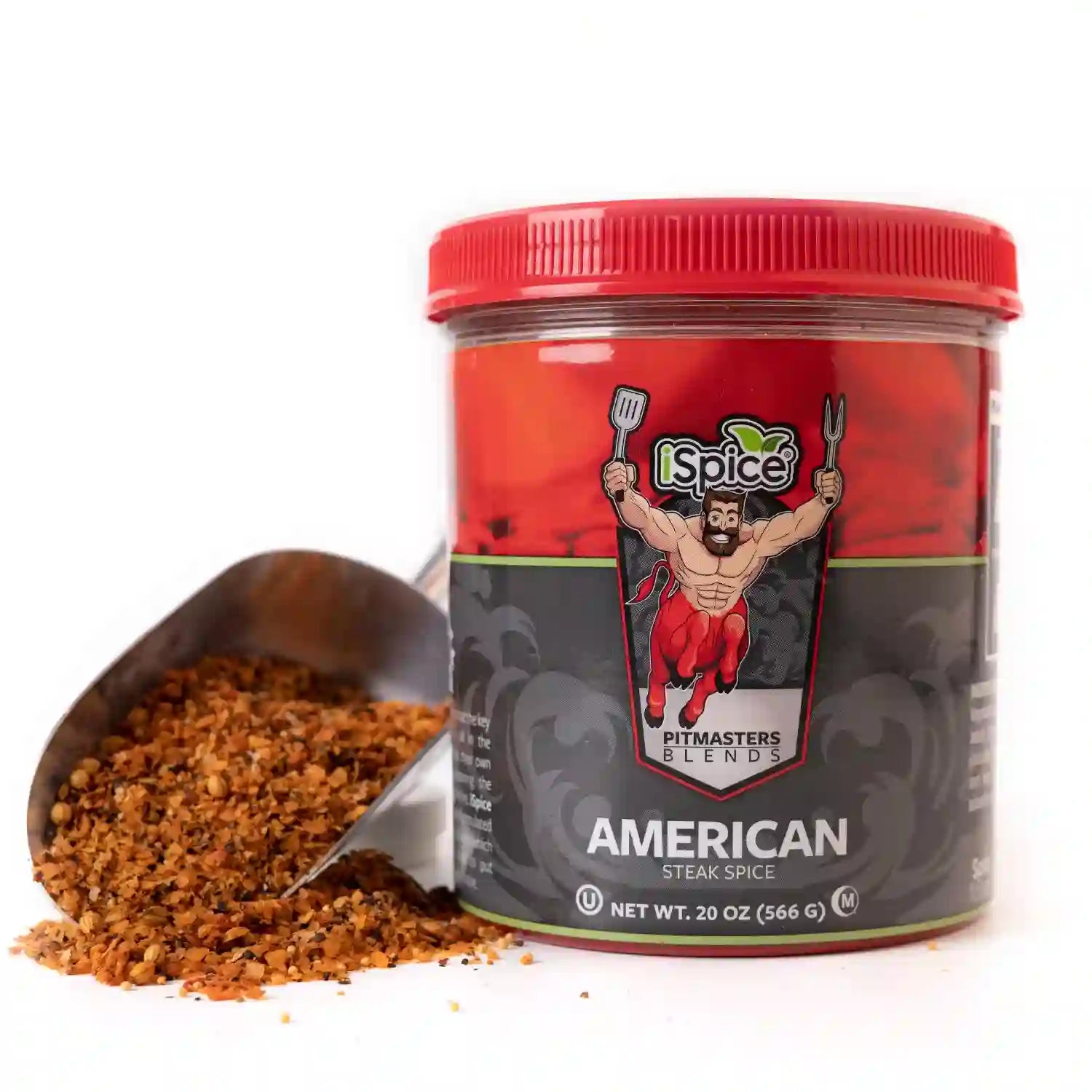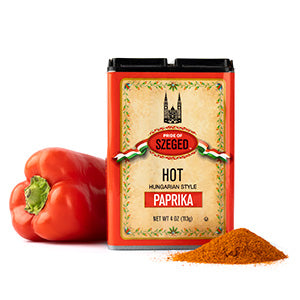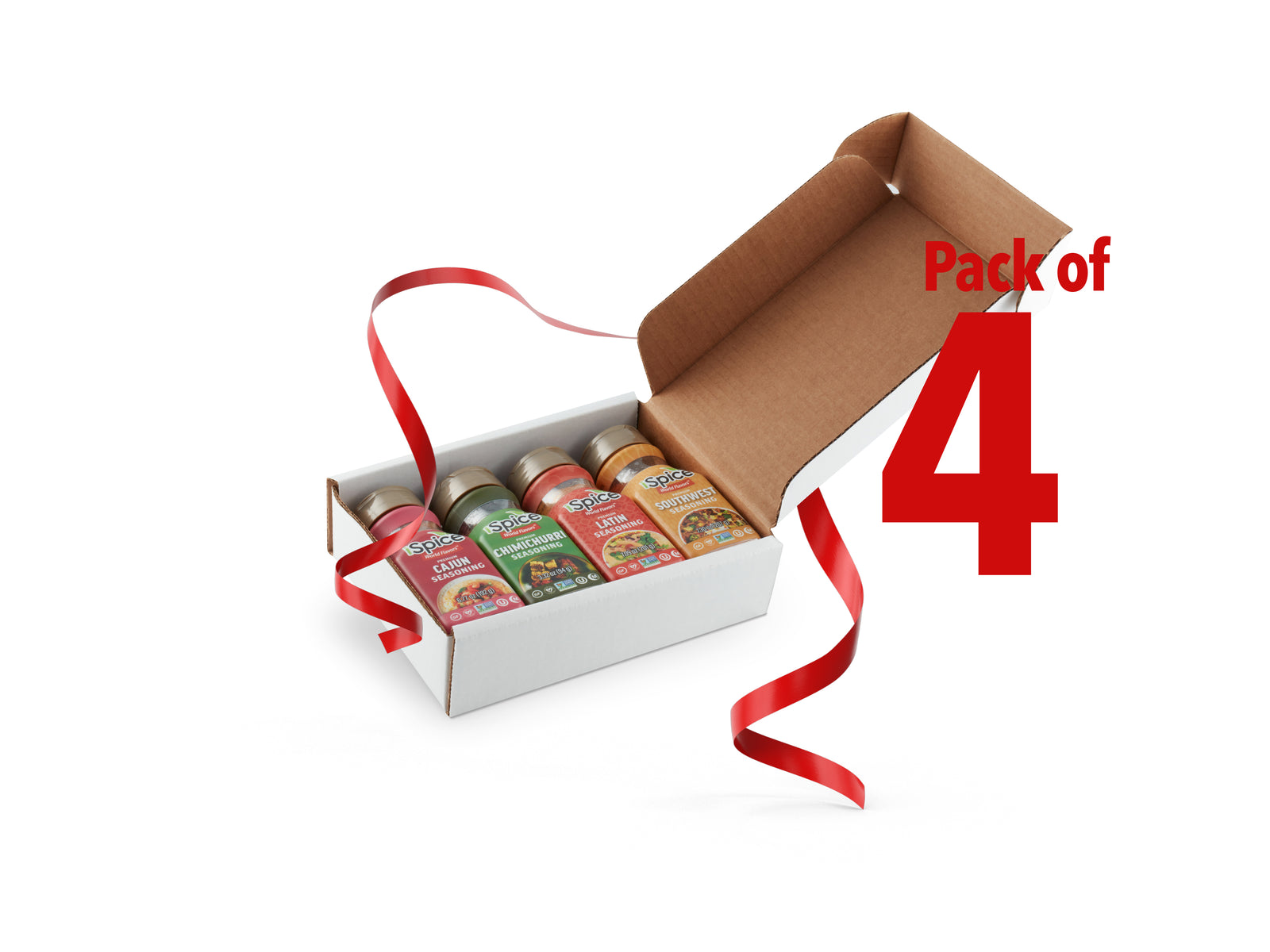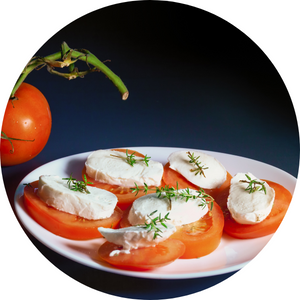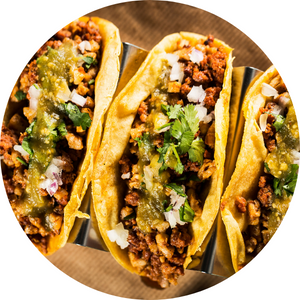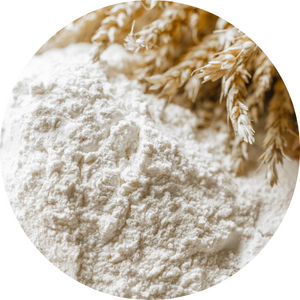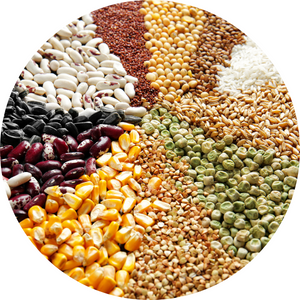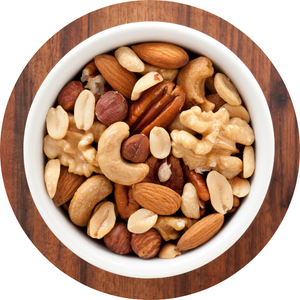
Few spice blends capture the soul of a cuisine like Berbere, Ethiopia’s fiery and aromatic seasoning. Known for its bold heat and deep complexity, Berbere is the cornerstone of Ethiopian cooking—adding warmth, depth, and vibrancy to everything from stews to roasted vegetables.
More than just a mix of spices, Berbere is a reflection of Ethiopia’s rich culinary heritage—a blend that unites regional flavors, centuries of trade, and cultural pride in every spoonful.
What Is Berbere?
Berbere (pronounced burr-burr-ay) is a traditional Ethiopian spice blend that combines spicy, sweet, and earthy flavors in perfect balance. It’s used as both a dry rub and a base seasoning for sauces and stews.
The word Berbere comes from the Amharic language and refers to both the spice mix and the chili peppers that form its foundation. Each household or cook in Ethiopia has their own variation, often passed down through generations.
Common Ingredients in Berbere Spice Blend
While recipes vary, classic Berbere typically includes a combination of:
-
Chili Peppers – For heat and vibrant red color.
-
Paprika – Adds mild sweetness and smoky undertones.
-
Ginger – Lends warmth and depth.
-
Garlic Powder – For savory balance.
-
Coriander and Cumin – Bring earthy complexity.
-
Fenugreek – Adds subtle bitterness and aroma.
-
Cardamom and Clove – Provide sweetness and spice.
-
Cinnamon – Softens the heat with gentle warmth.
-
Allspice or Nutmeg – For layered, aromatic richness.
This unique blend is both fiery and fragrant, giving Ethiopian dishes their unmistakable aroma and color.
The Flavor Profile of Berbere
Berbere is bold, warming, and complex. It offers multiple layers of flavor that evolve as you taste it—beginning with chili heat, followed by earthy, citrusy, and slightly sweet notes.
Tasting notes:
-
Heat: Moderate to intense depending on the chili used.
-
Sweetness: From cinnamon, paprika, and allspice.
-
Earthiness: From fenugreek and cumin.
-
Aromatic depth: From ginger, cardamom, and clove.
When cooked slowly in stews or sauces, Berbere develops a rich, rounded flavor that defines Ethiopian cuisine.
Culinary Uses of Berbere
Berbere’s versatility makes it useful in both traditional Ethiopian dishes and modern global recipes.
1. Doro Wat (Ethiopian Chicken Stew)
The national dish of Ethiopia—chicken simmered with onions, garlic, and Berbere in a rich, spicy sauce.
2. Lentil and Vegetable Stews
Berbere brings bold flavor to misir wat (red lentil stew) and shiro (chickpea-based stew).
3. Marinades and Rubs
Use Berbere as a dry rub for meats, fish, or tofu. It caramelizes beautifully when roasted or grilled.
4. Roasted Vegetables
Toss sweet potatoes, carrots, or cauliflower with oil and Berbere for a smoky, spicy twist.
5. Sauces and Dips
Mix with tomato paste, olive oil, or yogurt for flavorful sauces or spreads.
6. Modern Fusion
Add Berbere to soups, chili, or even popcorn for a bold global flavor upgrade.
How to Use Berbere in Cooking
-
Start small: A teaspoon can go a long way. Adjust based on heat preference.
-
Layer flavors: Add Berbere early for stews or sprinkle near the end for roasted dishes.
-
Pair wisely: Its complexity pairs well with garlic, tomatoes, lentils, and root vegetables.
-
Balance with fat: Butter, ghee, or coconut oil help mellow the heat and bring out richness.
Pairing Ideas for Berbere
| Ingredient | Flavor Pairing |
|---|---|
| Chicken | Tomato, onion, garlic, and lemon |
| Lentils | Coconut milk and greens |
| Vegetables | Olive oil, honey, and lime |
| Seafood | Butter and citrus zest |
| Grains | Couscous, quinoa, or rice |
Storing and Preserving Berbere
-
Keep Berbere in a sealed glass jar away from heat and sunlight.
-
For best aroma, use within six months.
-
If making your own blend, toast whole spices before grinding for maximum flavor.
Frequently Asked Questions About Berbere
1. Is Berbere very spicy?
It can be, depending on the chili used. Traditional blends are moderately hot but can be adjusted for milder versions.
2. Can I use Berbere outside of Ethiopian recipes?
Absolutely. It adds complexity to meats, stews, and roasted vegetables in any cuisine.
3. What’s a good substitute for Berbere?
A mix of chili powder, paprika, cumin, ginger, and cinnamon can approximate the flavor.
4. Can I make my own Berbere at home?
Yes. Combine chili powder, paprika, coriander, cumin, ginger, garlic powder, cinnamon, and cardamom for a quick DIY version.
5. What does Berbere pair best with?
Tomatoes, onions, and garlic help balance its spiciness, while yogurt or coconut milk adds creaminess.
6. Is Berbere gluten-free and vegan?
Yes—Berbere is naturally gluten-free and vegan, made entirely from ground spices.
Final Thoughts
The Ethiopian Berbere blend is more than just a spice mix—it’s a celebration of culture and flavor. Its aromatic depth and balanced heat make it one of the most exciting seasonings in global cuisine. Whether you’re making a traditional stew or experimenting with roasted vegetables or fusion dishes, Berbere brings warmth, complexity, and authenticity to your cooking—one spoonful at a time.

